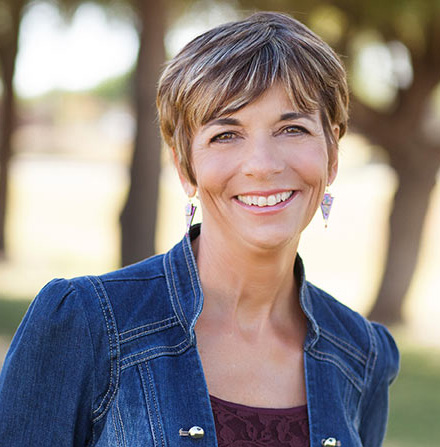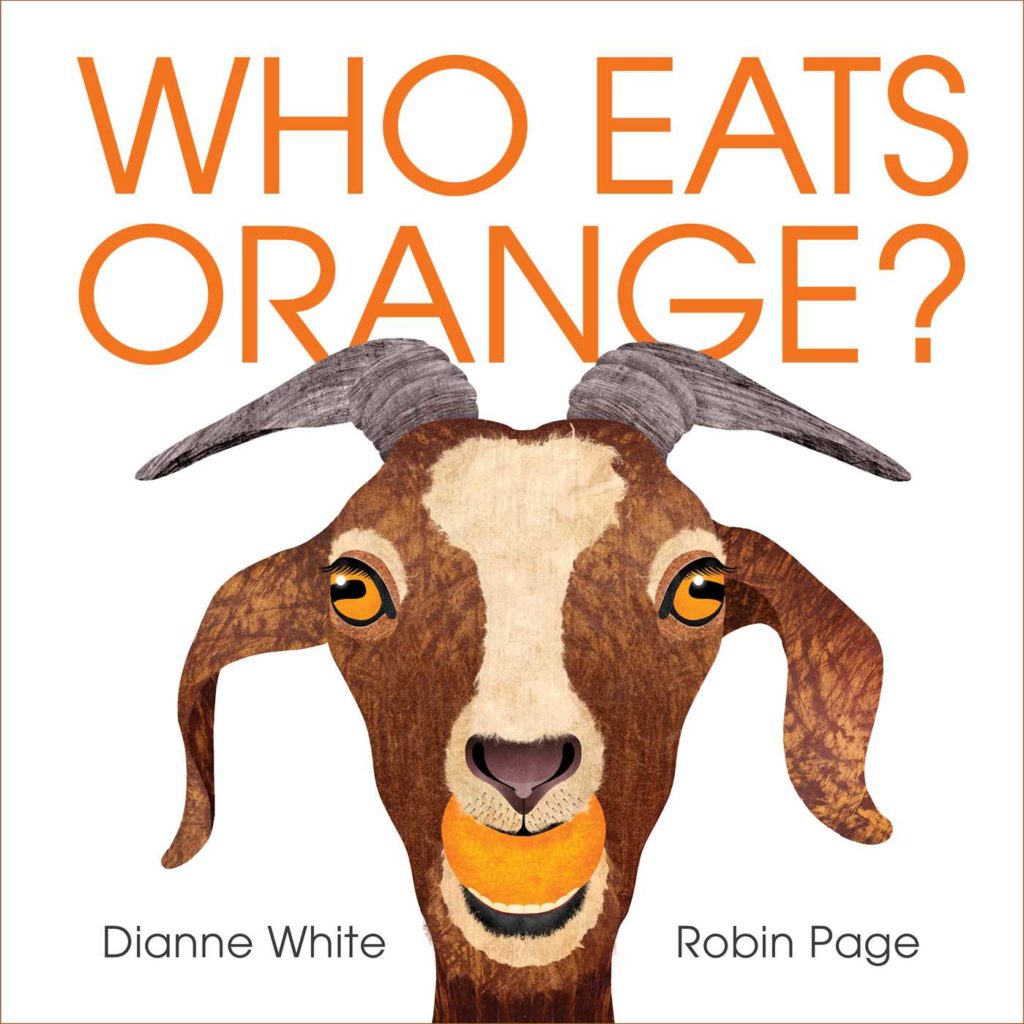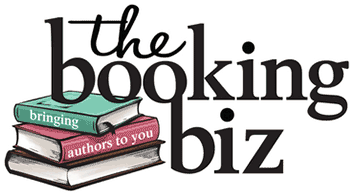There’s been discussion lately about how picture books shouldn’t be thought of as books only for the youngest readers. These seemingly simple yet complex formats offer a lot to readers of all ages and writers for all ages.

Our client, Dianne White, knows a lot about this. Her picture book BLUE ON BLUE has been loved by readers of all ages, as well inspired and been used for instruction. We asked Dianne to tell us more about how picture books can help educators with their students, even above the age of 6. Here’s what she told us…
I recently finished reading Poems are Teachers by Amy Ludwig Vanderwater. It’s a book for educators about how a study of poetry – because of its tight construction and generally shorter format – can strengthen students’ writing in all genres.
Picture books, like poems, are teachers, too. These compressed packages of story can be sources of inspiration for any kind of writing a student might try. Within a picture book’s pages, readers will find – in 1000 words or less – every style and type of mentor text one could imagine. The wide variety of genres (realistic fiction, fantasy, folktale, nonfiction, etc.), structures (prose, poetry, graphic novel, etc.) and voices (lyrical, humorous, conversational, serious, etc.) provide no end of inspiration for students honing the craft of writing.

In six chapters, Vanderwater covers everything from “Writers Find Ideas” and “Writers Structure Texts,” to “Writers Play with Language” and “Writers Craft Beginnings and Endings.” Even better, for each chapter, she provides many examples of poems written by contemporary poets. Included are brief “Words from the Poet,” more thoughtful reflection on the technique described, a “Try It” section, as well as two examples of student work.
I was captivated by the “Words from the Poet” section. It’s not very often that students have the benefit of learning how authors think about and approach new work. When I was a teacher, one of the advantages of being part of the children’s book community was that I was often able to share “inside stories” from the creators of the books in our classroom library. It gave my students a view into the processes of working artists and validated the writing they were doing each day in the classroom.
When I visit schools, I let kids know that the inspiration for each of my books has always come from everyday, ordinary things. For example, the idea for GOODBYE BRINGS HELLO was inspired by a bookstore display and the popular song “Let it Go” from the movie Frozen. The title for my third book came thanks to a field trip and a kindergarten student who dug into his lunch box, pulled out a piece of fruit and asked, “WHO EATS ORANGE?” And my first book, BLUE ON BLUE was written using the very same “rain-writing” poetry lesson I gave my students.

Much has been written about the value of mentor texts, but as a former teacher who now writes full-time, I’d like to suggest extending a mentor text by offering students the chance for a more personal connection with the book’s creators. Like “words from the poet,” interviews, blog posts, author/illustrator websites, Skype and in-person visits can round out students’ understanding of the what and how of writing and illustrating.
In the early years of my teaching career, long before I gave thought to writing books for kids, I attended my first Author’s Day. I was just the parent, tagging along with my kids, who had written and published books in their classrooms. They and I enjoyed a day of workshops with published authors. It was my first experience with such a thing, and it was both fascinating and a day I will never forget. I believe every student, in every classroom should have the same life-changing experience.
Picture books are teachers. But I hope you’ll also consider extending students’ “book-learning” by bringing “words from the author” (or illustrator or poet) into your school and classroom. Wouldn’t it be wonderful if each student could look back many years later, as I have, to a day, an experience, a memory of the “inside stories” behind a favorite book?
With a new school year fast upon us, why not update your list of mentor texts with offerings from The Booking Biz’s clients. I’ve chosen a handful to get you started, but don’t stop there! Check out the complete list of authors and illustrators on The Booking Biz’s “Speaker” page.
- Mentor texts for VOICE: BAABWAA & WOOLIAM by David Elliott, illustrated by Melissa Sweet; RADIANT CHILD by Javaka Steptoe
- Mentor texts for LANGUAGE: FREEDOM IN CONGO SQUARE by Carole Boston Weatherford, illustrated by R. Gregory Christie; BLUE on BLUE by Dianne White, illustrated by Beth Krommes
- Mentor texts for ORGANIZATION: STRONG AS SANDOW: How Eugen Sandow Became the Strongest Man on Earth by Don Tate
Thank you, Dianne! You can follow Dianne’s advice and read more about her presentations on her speaker page and find all our clients in the speakers menu.
